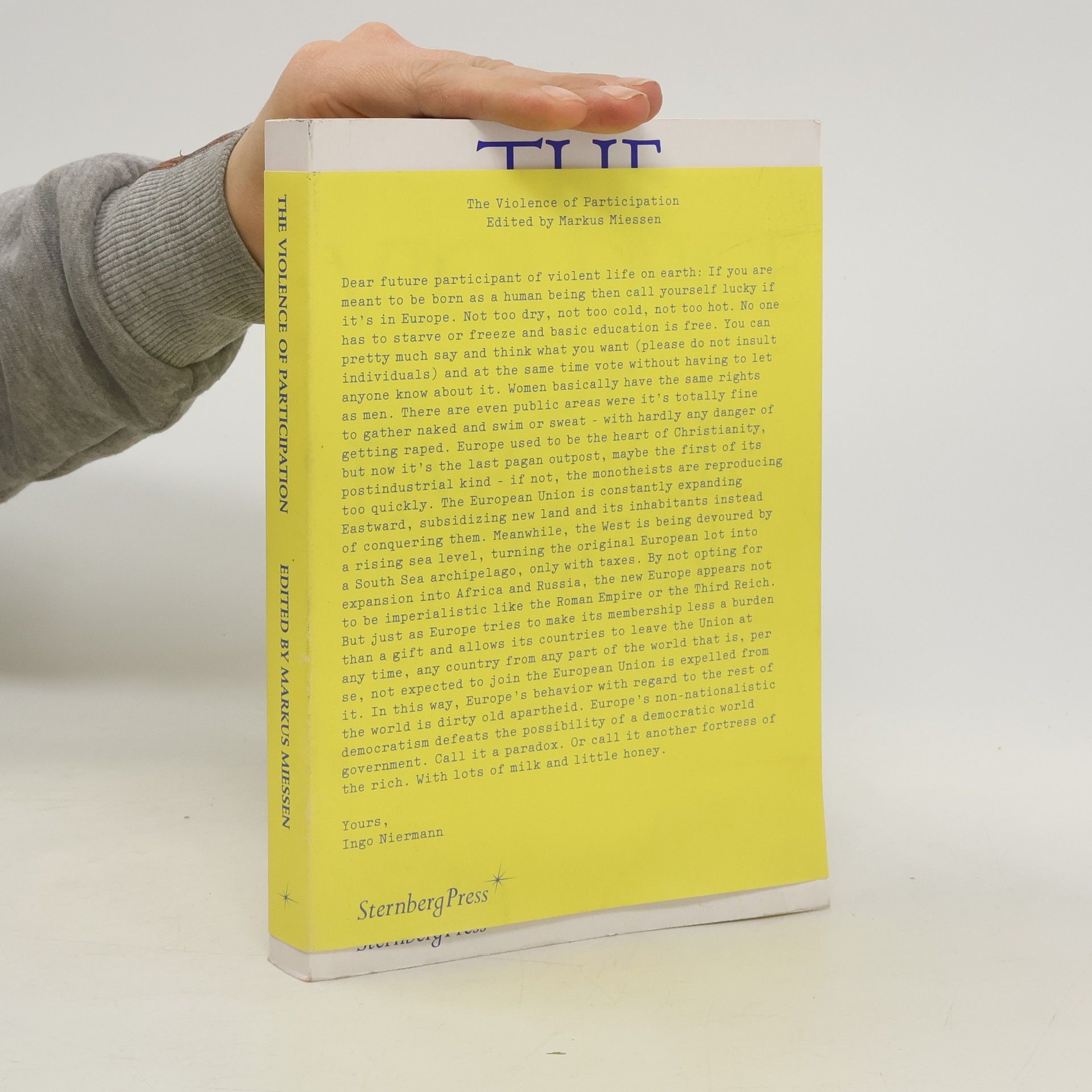Para-Plattformen
Die Raumpolitik des Rechtspopulismus
Markus Miessen ist ein Architekt und Schriftsteller, dessen Arbeit zeitgenössische architektonische und städtische Theorien kritisch untersucht. Er erforscht, wie politische und soziale Kräfte unsere physischen Umgebungen prägen und wie wir diese Dynamiken besser verstehen und beeinflussen können. Durch seine Schriften und Lehrtätigkeit fördert Miessen ein tieferes Verständnis der komplexen Beziehung zwischen Architektur, Macht und Gesellschaft.


Die Raumpolitik des Rechtspopulismus
What exactly is Europe? Is it an actual place or just a temporarycommunity based on shared political and economic interests? Editedby London-based architect and writer Markus Miessen, this compilationof essays, cartoons and other writings presents the world's mostdensely populated continent as a conflicted political space whoseidentity must be continuously negotiated. As the European Unionmaintains its eastward march to countries like Turkey, bleeding beyondits classically understood political boundaries, the questions continue.Produced to expound on Miessen's work from the Lyon Biennial in2007, this dense paperback accumulates diverse opinions exploringwhat it means to live in Europe today.